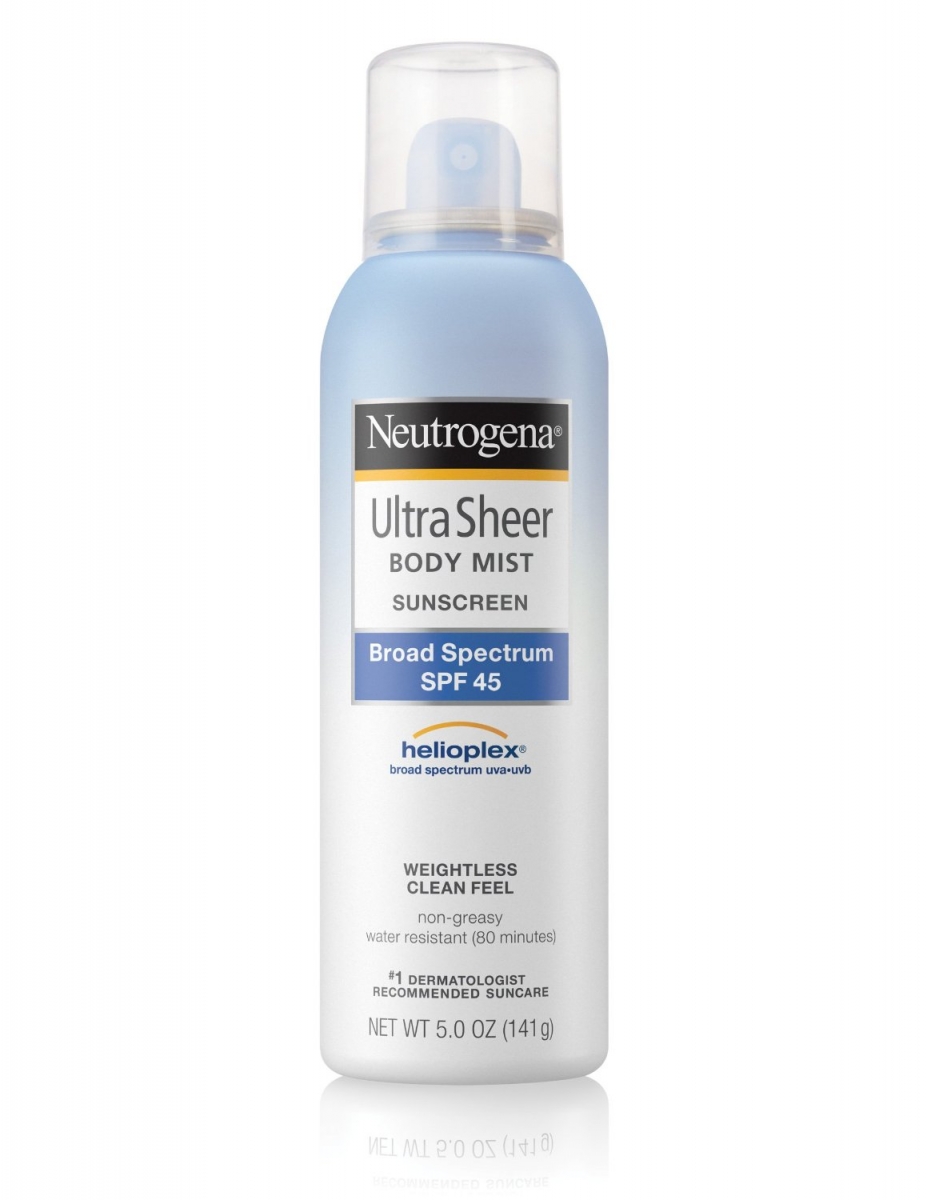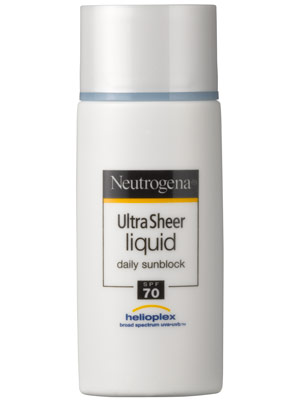The Science of Sunscreen

I’ve learned many things in my life as a ghost, the most important of which is how to avoid painful sunburns during the sizzling Texas summers. While my friends enjoy paddleboarding on Lady Bird Lake or soaking up the rays at Barton Springs, I hunt for that one elusive shady spot where I can carefully lather on sunscreen.
If, like me, your foundation comes in shades such as "ivory" and "porcelain," you have also recognized sunscreen as a necessary evil. However, this skin care advance isn’t just for the melanin-challenged; daily sunscreen use is recommended by the American Academy of Dermatology for anyone over six months of age. So whether you’re headed to Deep Eddy or Hippie Hollow, learning more about sunscreen can help save your skin this summer.
Maybe it’s that greasy feeling or the distinctive odor that keeps many of us from reapplying, but the truth is sunscreens don’t just help prevent sunburn. The Food and Drug Administration (FDA) recently updated its guidelines for over-the-counter sunscreens, allowing certain products to claim (for the first time) that they “reduce the risk of skin cancer and early skin aging.”
So how exactly does this work?
The sun, which provides both heat and visible light, also emits three types of ultraviolet (UV) radiation: UVC, UVB, and UVA. UV is so-called because it has a moderately higher energy than “violet” light—the shortest wavelength that can be detected by the naked eye. This means that UV radiation is typically only ever seen or experienced as skin damage. So don’t let that cloudy day lull you into a false sense of security. The sun is quietly plotting to leave you freckled, wrinkled, and burned.
UVC
One of these varieties, UVC (or, ultraviolet C, a subtype of ultraviolet light), is completely absorbed by the ozone layer and poses no threat to sun bathers.
UVB = Burning
The atmosphere also largely absorbs UVB, and exposure to this particular band of radiation can vary based on the time of day or year. With a slightly higher energy than UVA, this variety is responsible for more severe skin damage. UVB stimulates your skin to generate additional melanin (otherwise known as “tanning”), but can also cause painful sunburns. This is easy to recall if you remember that “B” is for “burning.” Also responsible for causing direct DNA damage, UVB can lead to the accumulation of genetic mutations in skin cells and increase the risk for developing skin cancer. Most early sunscreens were formulated to protect skin against UVB.
UVA = Aging
With constant levels year-round, UVA is the most abundant type of UV radiation reaching Earth’s surface. With a longer wavelength, UVA penetrates deep into the skin affecting the connective tissue. This can eventually cause the wrinkling and premature aging of skin; remember “A” is for “aging.” This variety of UV radiation also increases skin cancer risks by generating indirect DNA damage.
So how do sunscreens protect our skin?
Modern day formulations rely on both organic and inorganic compounds to keep skin safe. The word “organic” in this context simply refers to the carbon composition of a compound. The inorganic components of sunscreen (frequently titanium dioxide and zinc oxide) work by creating a physical barrier that scatters UV radiation away from your skin. Imagine millions of microscopic mirrors safely reflecting UVA and UVB back into the atmosphere. Unlike the organic ingredients, these compounds are not absorbed and instead sit on top of your skin. Frequent sunscreen users may be familiar with this sticky sensation and the sweating and breakouts that accompany it.
Sunscreen manufacturers also rely on the chemical structure of certain organic molecules to shield your skin. UV radiation can actually be absorbed by the chemical bonds in these molecules—allowing UVA and UVB to be dissipated harmlessly as heat. Over time, the continued absorption of UV radiation will cause these molecules to break down. This is why reapplying sunscreen is so important. As the active organic ingredients are used up, your skin can be left unprotected.
With countless sunscreen varieties on your drugstore shelf, how do you know what to look for? One common measure is the Sun Protecting Factor or SPF, and it’s important to know that SPF refers only to UVB protection. More than 97 percent of UVB radiation will be blocked by sunscreens with SPF 15; protection increases minimally with higher SPF ratings. New FDA labeling guidelines have limited sunscreen manufacturers to a maximum value of “SPF 50+.” This helps keep consumers from relying too heavily on products that confer a miniscule increase in protection. The only indication of UVA protection, however, is the term “broad-spectrum.”
Now that you know what you’re looking for, make sure to purchase a product you genuinely like. The best sunscreen is not necessarily the one with the longest list of ingredients, but the one you actually wear.
I'm pretty particular about sunscreen, but you kind of have to be when you fry to a crisp after ten minutes in the sun. (My top picks are on the following pages.)
For body:

Neutrogena's Ultra Sheer Body Mist Sunscreen (Broad Spectrum, SPF 45)
“This sunscreen sprays on easily and feels very light on the skin. It has a pleasant smell too. I find that I'm much less likely to burn when I wear this product. Neutrogena terms its formulation as "helioplex." It has photo-stabilized organic ingredients (specifically, avobenzone). This means the active ingredients will not break down as quickly in the presence of sunlight, giving this sunscreen more staying power. However, it’s important to remember that this doesn't let you off the hook for needing to reapply.”
For face:

Neutrogena's Ultra Sheer Liquid Daily Sunscreen (Broad Spectrum, SPF 70)
“I’m a big proponent of using specially formulated sunscreens for your face. I have rosacea and not only are there specific sunscreens recommended for this condition, but the skin on my face can be irritated by sunscreens formulated for all-over wear. Many people suffer breakouts from oily or thick sunscreens, so it's incredibly important to find something that works well with the skin on your face.
This sunscreen goes on very smoothly and finishes dry so I’m comfortable wearing under makeup. It holds up well for a day at the beach or a long afternoon hike.”
Tip for sensitive skin:

Use baby sunscreen. If you have sensitive skin, you often feel compelled to spend the extra money on sensitive skin products. But I’ve found that buying baby sunscreen is often a cheaper way to protect sensitive skin. Many baby sunscreens are made with the same inorganic, "physical barrier" ingredients like titanium dioxide and zinc oxide that you might be paying extra for elsewhere.






